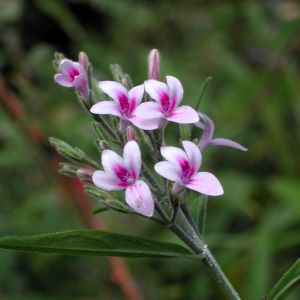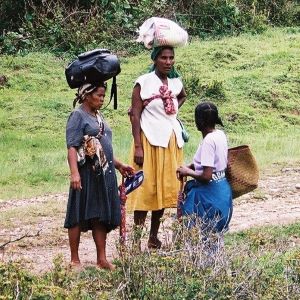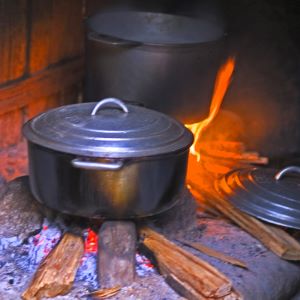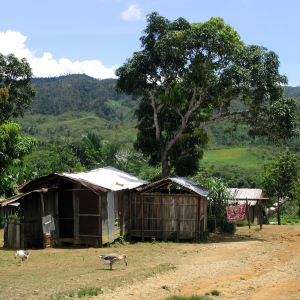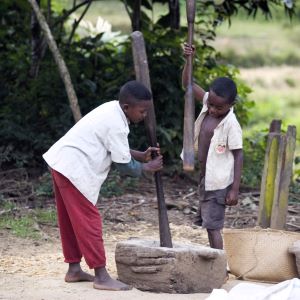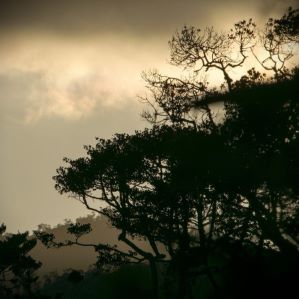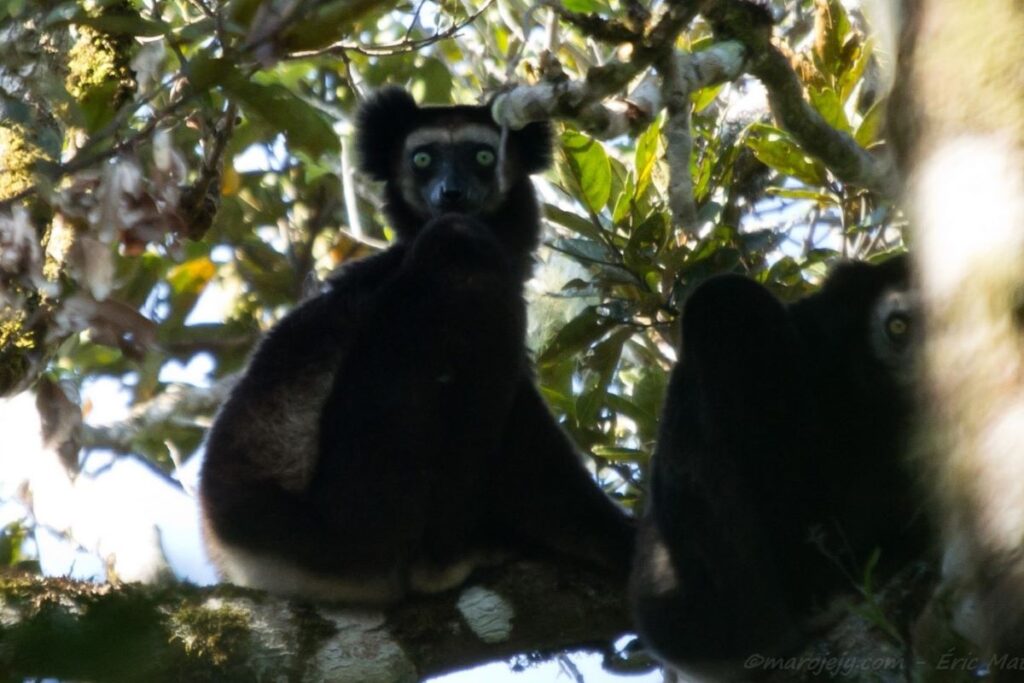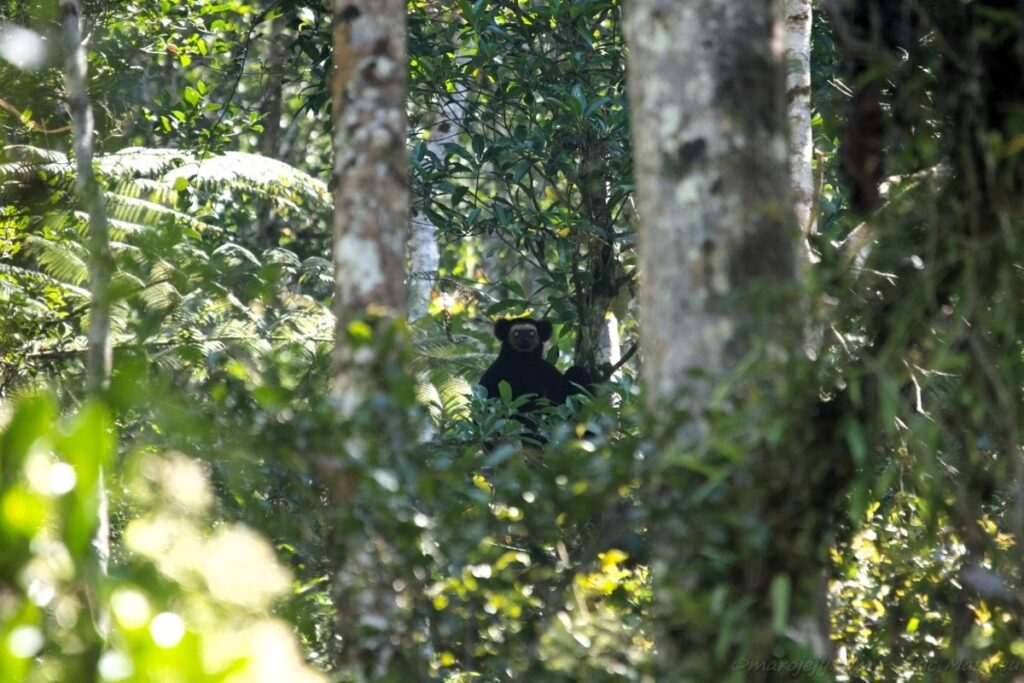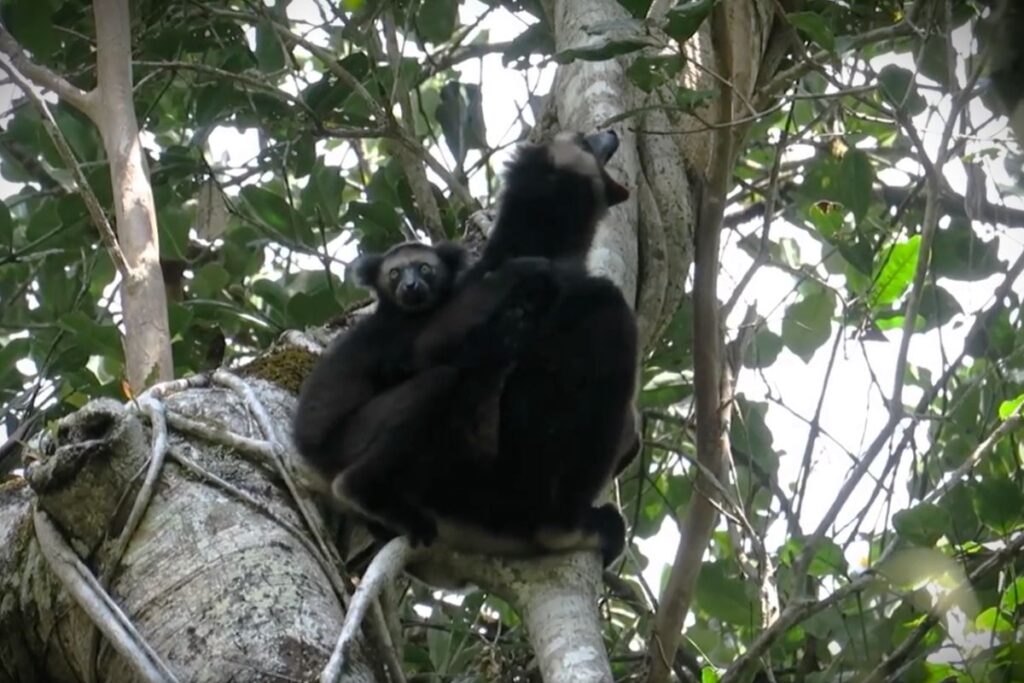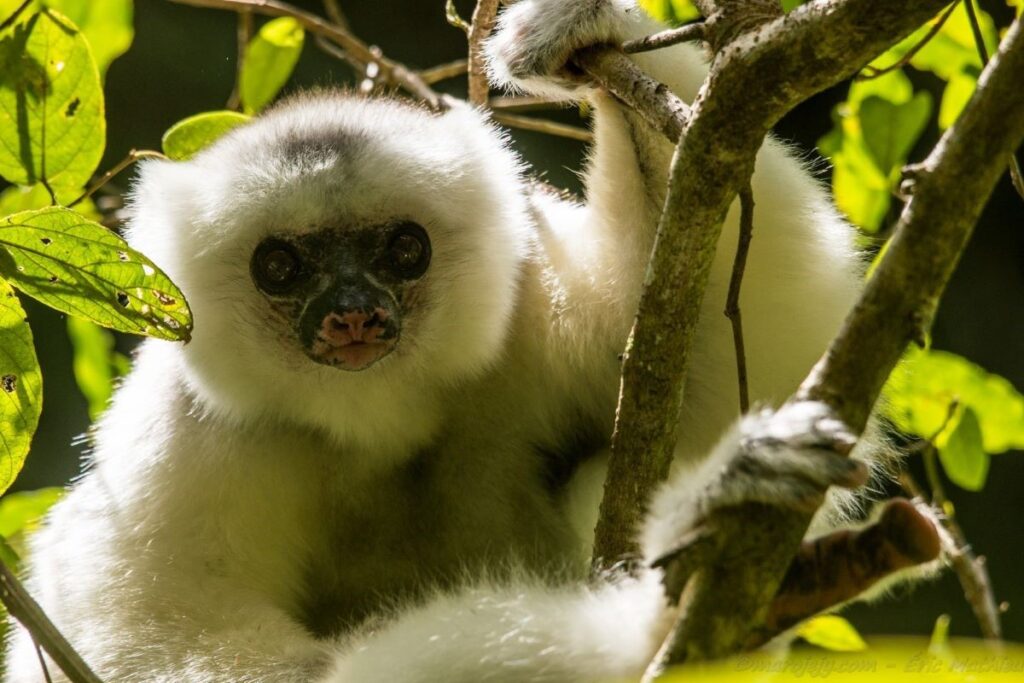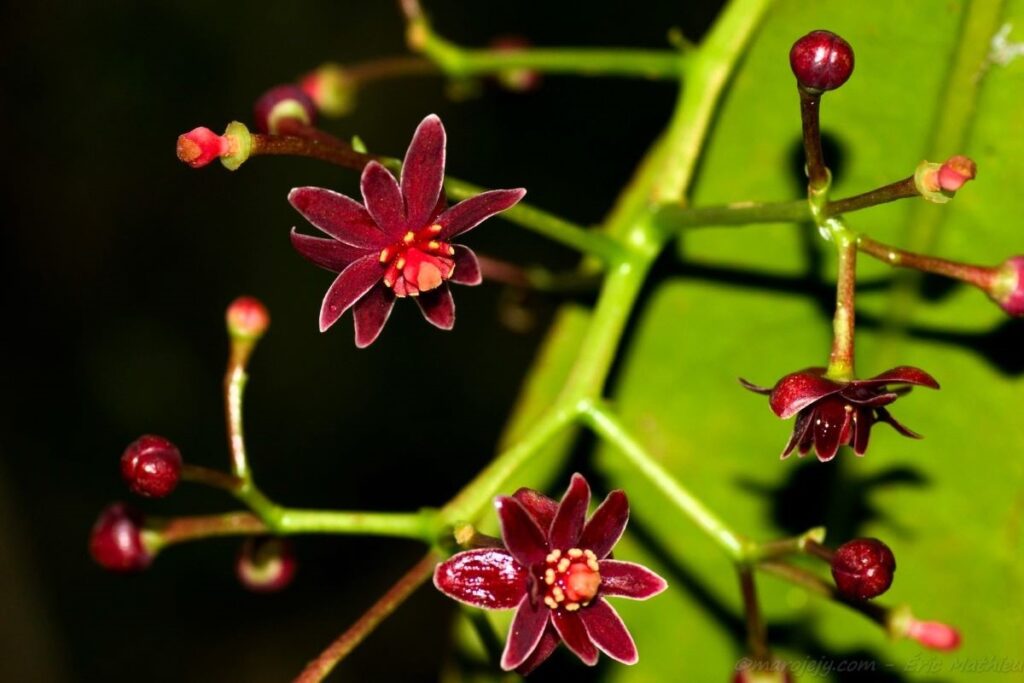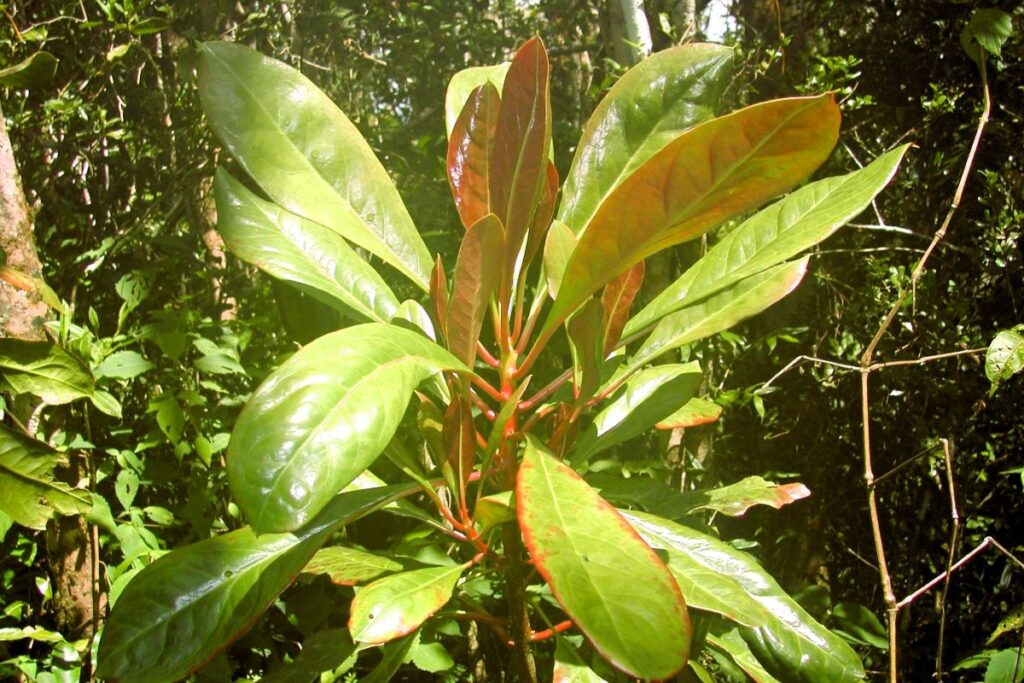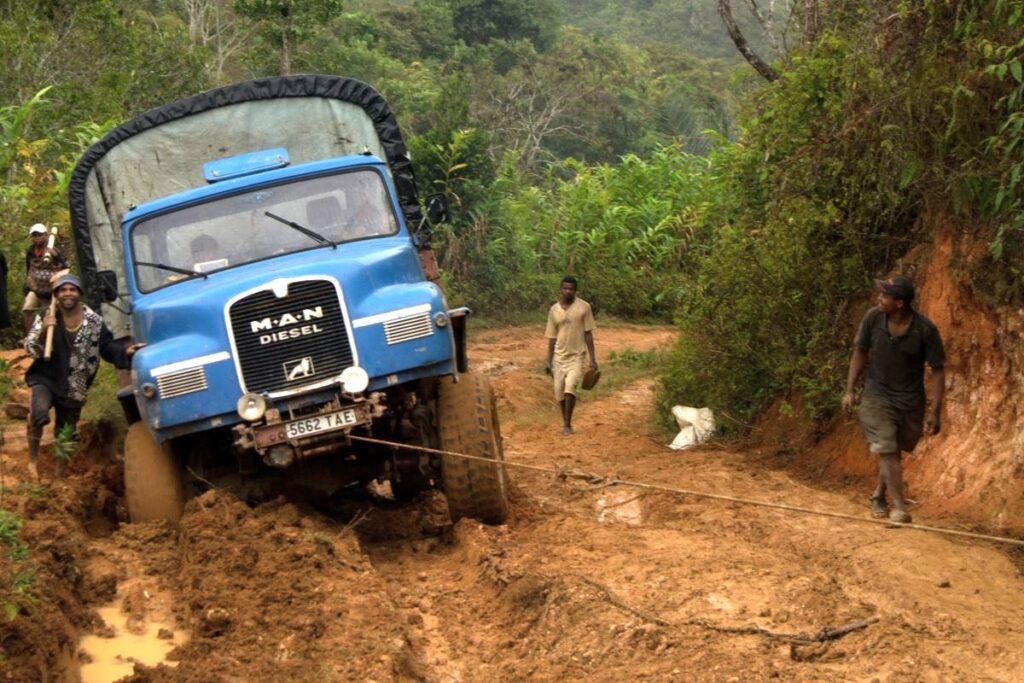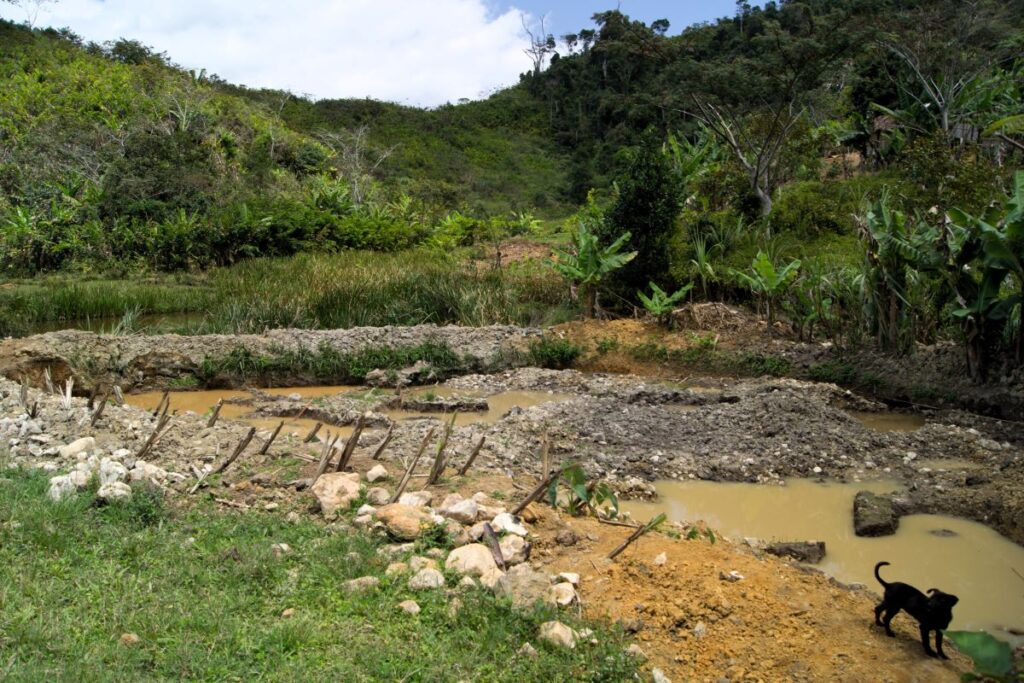About Anjanaharibe-Sud
The Anjanaharibe Massif, together with the neighboring Marojejy Massif, harbors the most diverse ecosystems known in Madagascar. This is due primarily to its great variation in topography and elevation, which influence rainfall and temperature. Acting as a barrier to storms blowing west off the Indian Ocean, the massif creates highly uneven rainfall patterns, with the eastern slopes receiving approximately 2,155 mm (85 inches) of rainfall per year, and the western slopes, in the rain shadow, receiving significantly less. Temperatures at the lower elevations average 23º C (73º F) in February and 14º C (57º F) in July but can drop to near freezing on the mountain summits in the austral winter months. The mountainous terrain creates a wide range of microclimates and affects soil type and depth, as well. These and many other factors combine to create innumerable habitats for an astoundingly wide variety of plant and animal species.
In addition to its remarkable biodiversity, Anjanaharibe is home to many rare and unusual species of plants and animals which are found almost nowhere else. Three of these include the Takhtajania, the black Babakoto (Indri), and the Simpona Fotsy (Silky Sifaka).
Songs of the Babakoto
Anjanaharibe-Sud is home to the northernmost populations of Babakoto, or Indri. Here, the Babakoto show a nearly all-black coloration that is quite different from the Indri found further to the south (for example, at Andasibe-Mantadia). Babakoto live in small family groups and maintain communication between groups with haunting songs that can be heard miles away. Local people say the songs of the Babakoto in Anjanaharibe-Sud are different from those that live further south, but scientists still know very little about the Babakoto in this region. Watch and listen to an excellent video of Babakoto singing (courtesy of the Lemur Conservation Foundation).
Refuge of the Simpona Fotsy
The Simpona Fotsy, or Silky Sifaka (Propithecus candidus), is a rare and beautiful all-white lemur that is found only in the mid-elevation rainforests of the Anjanaharibe-Sud and Marojejy mountains. This is one of the most critically endangered primates in the world, with possibly only a few hundred individuals left in the wild; none at all exist in captivity. Survival of the Simpona Fotsy is directly linked to the preservation of the rich forests of Anjanaharibe-Sud, Marojejy, and Makira on which it depends.
Land of the Takhtajania
The Takhtajania (Takhtajania perrieri) is a “living fossil” — a very ancient species of tree that has been growing on earth since the days of the dinosaurs 120 million years ago. This small tree with large, aromatic leaves and small red flowers was one of the first flowering plants to evolve on earth and so is of great interest to scientists. It was first discovered and collected in 1909, but because it is so rare and the forests are so remote and dense, it was not found again until 1994. In fact, it was not until three years later, in 1997, that it finally was officially recognized as being the long-lost Takhtajania species.
Threats to Anjanaharibe-Sud
Despite its protected status, Anjanaharibe-Sud faces multiple threats. Some of the most persistent problems in the reserve include poaching lemurs, artisanal mining for semi-precious gemstones, and logging precious hardwoods.
Swidden agriculture, where the forest is cut and then burned (known locally as tavy), continues to eat away at forests on the periphery of the reserve, and indeed even in places within reserve boundaries.
In recent years, rumors of riches have led to massive influxes of people seeking their fortune excavating for gemstones (mostly amethyst and rutilated quartz). The resulting large encampments in and around the reserve have put additional pressures on the land, with lemurs hunted for food and virgin forests decimated for firewood and housing structures.
The reserve is cut by a narrow dirt track that is officially classified as a “national highway” but has never had much maintenance so is now impassible for passenger cars due to extensive gullying, washouts and landslides. If this road were ever to be rehabilitated for highway travel, the increased noise and traffic would have devastating effects on the reserve, splitting it in half and disrupting movement of animals such as Indris and Silky Sifakas. It would also allow easier access for the illegal extraction of resources such as palissandre and amethyst, as well as poaching of lemurs.
How You Can Help
Since 2014, the Lemur Conservation Foundation, an American NGO with field offices in Sambava, has been actively involved in conservation efforts in and around Anjanaharibe-Sud Special Reserve. More recently, Wildlife Madagascar has also established a program working specifically in Anjanaharibe-Sud, with a local office now being planned for Andapa. Support for these programs is always welcome. For more information on how you can help, please see their websites.
